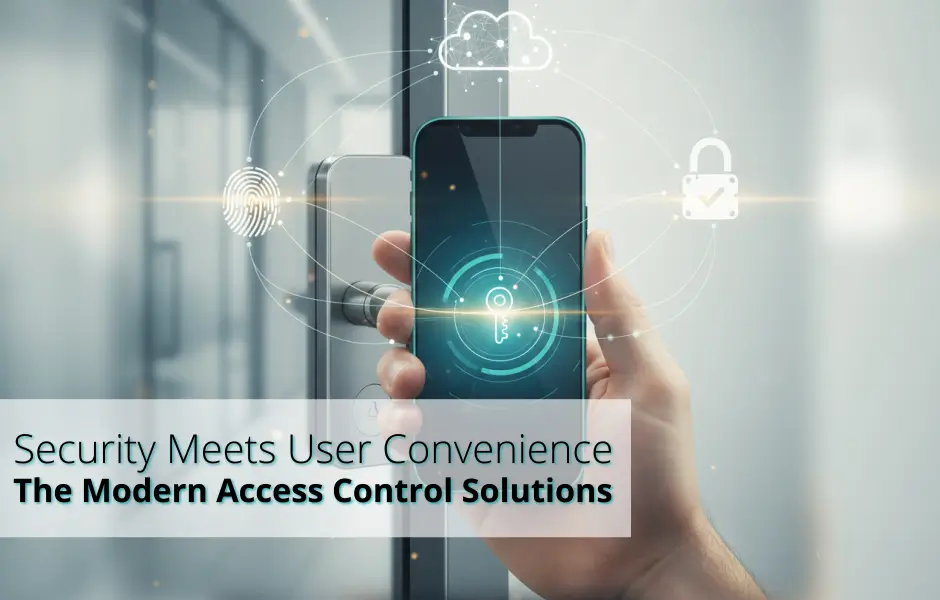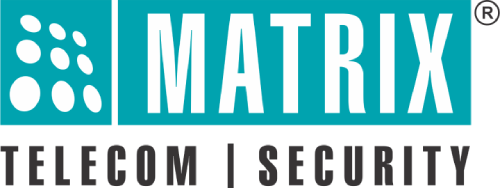
In the modern workplace, security and convenience often feel like two competing forces. You need to protect your company’s assets—from sensitive data to physical spaces—but you also want to create a seamless and positive experience for your employees. The old way of doing things, with clunky key fobs and forgotten passwords, just doesn’t cut it anymore. So, how do you strike the right balance?
The answer lies in adopting modern access control technologies that are designed to do both.
The Problem with the Old Way: Why We Need a Change
Think about the traditional office access experience. Employees might juggle a physical access card, a key fob, and a separate password for their computer. These systems can be a source of frustration, leading to:
Lost or Stolen Credentials
A lost key card is a security risk and a hassle for both the employee and the IT department.
Administrative Overhead
Granting, revoking, or updating access permissions for every individual employee is a time-consuming manual process.
Friction and Frustration
Every time an employee has to stop and dig for a card or remember a complex password, it interrupts their workflow and creates a negative experience.
The goal of modern access control is to eliminate this friction without compromising on security.
The Solution: Modern Technologies that Bridge the Gap
So, what technologies are leading the charge? They are systems that prioritize biometric, mobile, and cloud-based solutions.
Mobile Access Control
Instead of a plastic card, an employee’s smartphone becomes their key. Using Bluetooth or Near-field Communication (NFC), employees can simply tap their phone or smartwatch to unlock doors. Since most people always have their phones with them, this is a huge step toward convenience and a seamless experience.
Biometric Authentication
This technology uses unique biological traits—like a fingerprint or facial scan—to grant access. Biometrics offer a high level of security because they are nearly impossible to fake, and they create a frictionless user experience. You don’t need to remember anything, just show up.
Cloud-Based Systems
The real magic happens in the cloud. Modern access control is managed from a centralized, web-based platform. This allows administrators to:
- Manage Access from Anywhere: They can grant or revoke access instantly, from any location.
- Gain Deeper Insights: The system can provide real-time data on who is in the building and when, which can be invaluable for safety and space management.
- Integrate with Other Systems: Cloud-based access control can connect with your HR software, visitor management systems, or video surveillance, creating a truly unified security ecosystem.
Achieving the Optimal Balance: The Power of Unified Platforms
The pivot point in this conversation is moving away from disparate security components toward a unified, intelligent platform. Simply adopting biometrics or mobile keys isn’t enough; true success lies in integrating these elements so they communicate seamlessly. The goal is to make security a smart, invisible enabler of productivity, and that is precisely what modern systems are designed to achieve.
Transformative Insight: Unlocking the Employee Experience
Modern access solutions don’t just secure the premises; they fundamentally enhance the employee journey. Consider these transformative features:
Single Credential, Multiple Access Points
Instead of a stack of cards and passwords, a single digital or biometric credential manages access to the parking lot, the main gate, the restricted server room, and even the employee cafeteria. This convergence dramatically reduces friction and eliminates the “forgot-my-card” scenario, allowing employees to move through their workday effortlessly.
Intelligent Persona-Based Access
The platform defines access not just by where an employee can go, but by who they are and when they need to be there. For instance, a software developer is automatically granted 24/7 access to the R&D lab, while a sales executive only has access during business hours. This granular control is highly secure while feeling intuitive and non-restrictive to the user.
Touchless Technology for Health and Speed
In a post-pandemic world, touchless access (using facial recognition or QR codes) has moved from a convenience to a necessity. Systems like Matrix offer ultra-fast, reliable verification that promotes a hygienic environment and speeds up entry and exit, particularly during peak rush hours.
The Strategic Advantage: Administrative View
For security and HR teams, this unified approach translates into powerful operational efficiency:
Centralized, Real-Time Control
The entire access policy—for hundreds or thousands of employees across multiple locations—is managed from a single web interface. This means immediate, centralized action for onboarding, offboarding, or emergency lockdowns, turning an hours-long manual task into a few clicks.
Seamless HR Integration
Modern platforms can integrate directly with existing Human Resources Management Systems (HRMS). When a new employee is added to the HR system, their access profile is automatically created. When an employee leaves, their access is instantly revoked, ensuring robust security with zero administrative lag.
By leveraging advanced, unified access control solutions, organizations shift the perception of security from a barrier to a smart, invisible enabler of productivity. The right technology doesn’t just secure the door; it elevates the entire employee experience.

